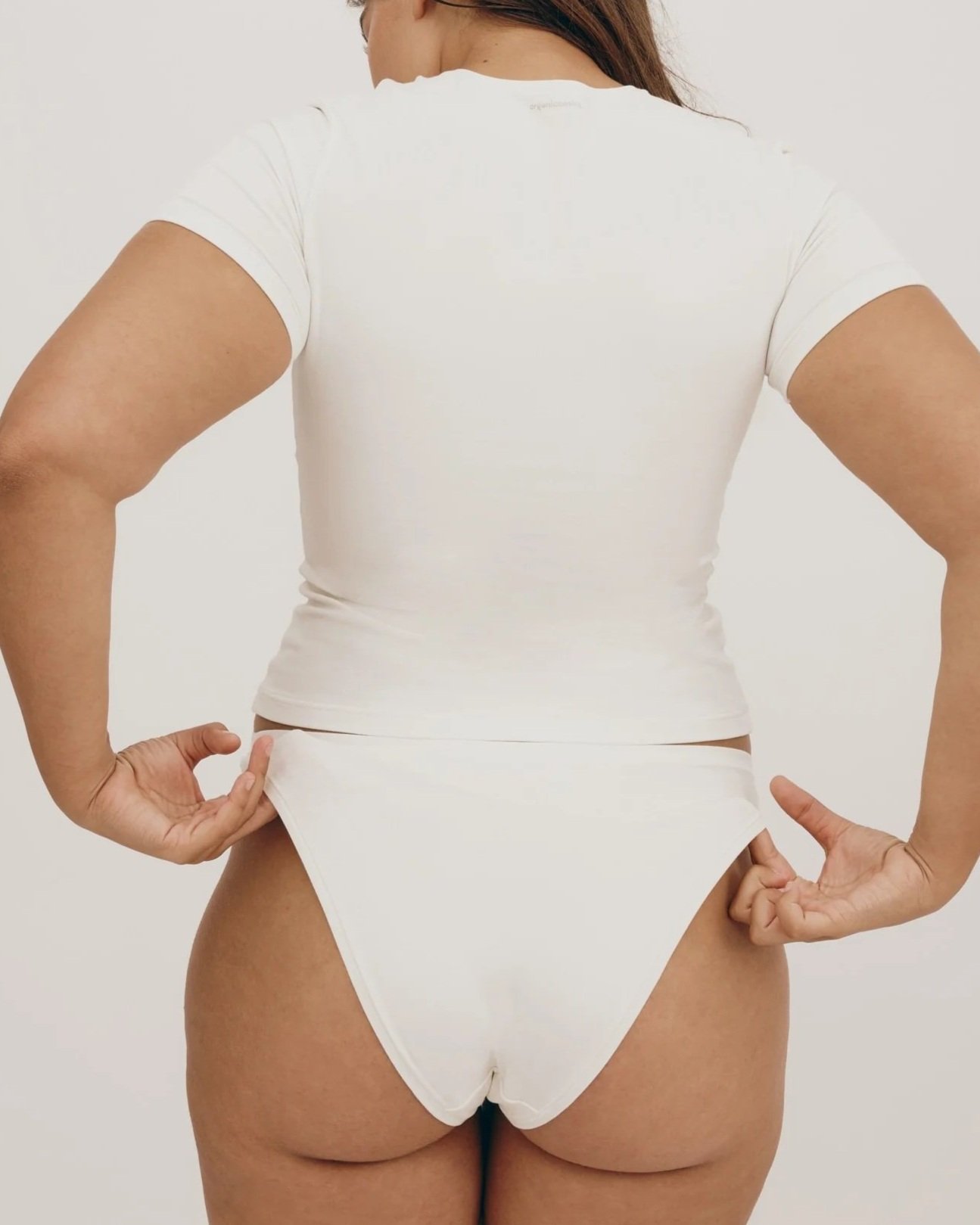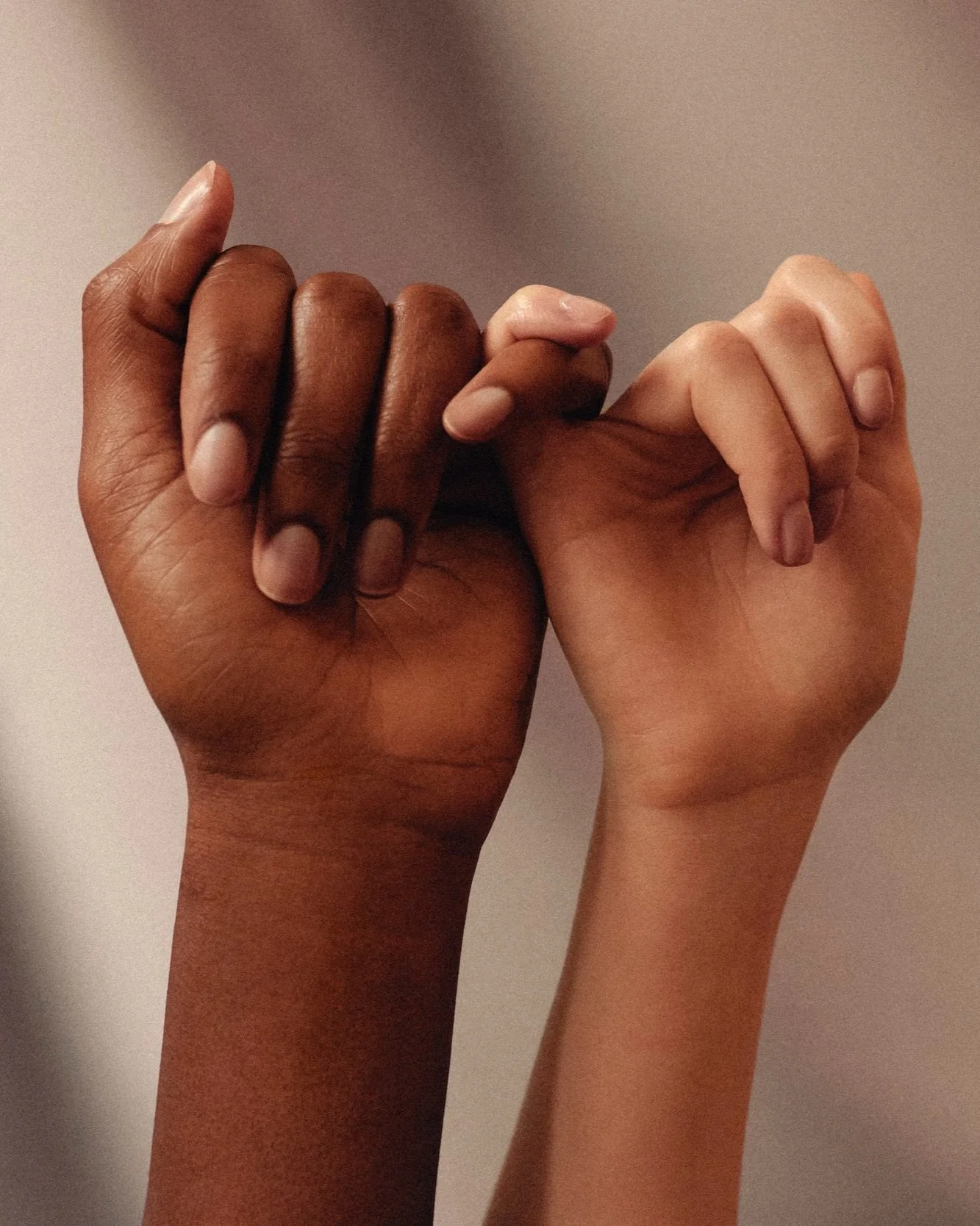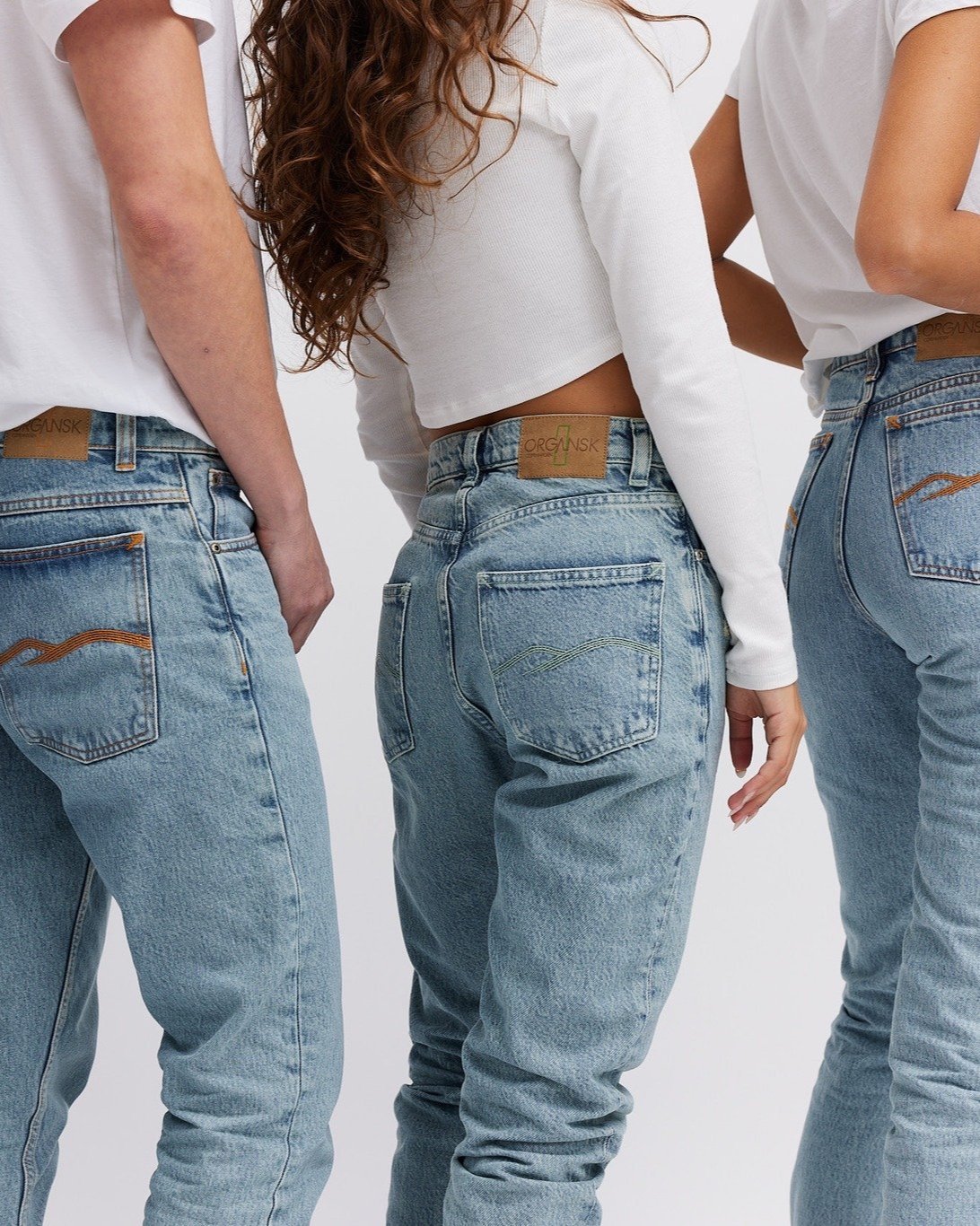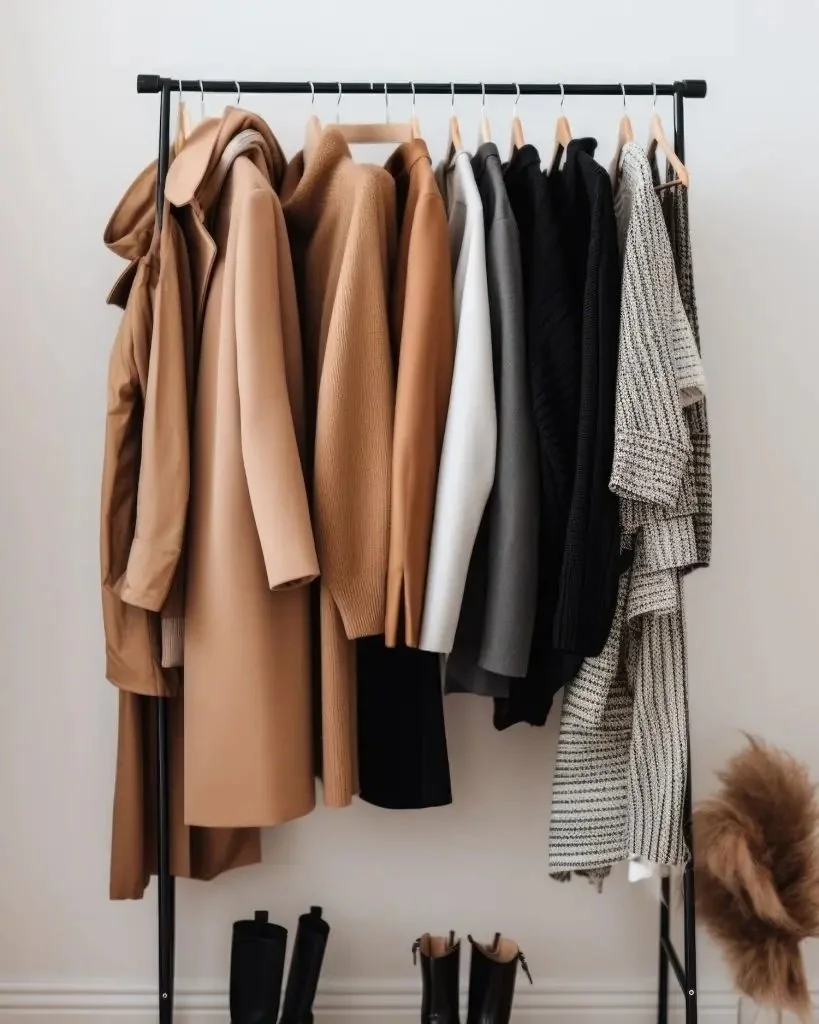The Toxic Truth About How Fashion Pollutes Our Waterways

While we often hear about the impacts of the fashion industry on the climate, the fashion industry’s impact on water, specifically how the fashion industry pollutes water, receives less attention. As we are all aware, water is a vital resource. Clothing production pollution harms the environment, human health, and reduces our drinking water supply.
Overall, fashion is one of the most water-intensive industries. As of 2020, the fashion industry uses over 79 trillion liters of water every year. Clothing production generates significant pollution and excessive water use, leading to serious consequences.
This article examines water usage in clothing production, its impacts, and potential solutions for the fashion industry.
Water and the Fashion Industry
Clothing relies on water in every stage of its lifecycle, from growing the actual fibers to throwing the clothes away. From production to disposal, the fashion industry has three major negative environmental impacts related to water: high water usage, high levels of chemical pollution, and high levels of physical microfiber pollution.
Water Usage
Our global water supply is severely threatened; it is estimated that over 2 billion people are already affected by water shortages in over 40 countries. As water scarcity increases globally, the fashion industry continues to exacerbate the problem.
The first step in clothing manufacturing is obtaining raw materials. For some clothes, this includes the production of polyester or other synthetic fabrics from plastic. For conventional cotton clothing, which makes up about 33% of all clothes, this includes growing the cotton. Growing cotton is extremely water-intensive, as it is one of the thirstiest crops. Simply making one cotton shirt can take up to 2700 liters of water, which is enough water for one person to drink for 2 ½ years. The water used for irrigating cotton has serious impacts on the environment and local communities, as it depletes drinking water in addition to precious aquifer and groundwater stores.
The actual processing of textiles (turning them from a raw material into a fabric) also uses immense amounts of water, and creates pollution.
Water Pollution
The main source of water pollution in the clothing production process is the “wet-processing” stage. After manufacturers spin and weave cotton into fabric, they wet-process it by dyeing, printing, and finishing the material. Not only is this process water-intensive, but it also pollutes water.
Textile processing involves applying a huge amount of chemicals to the fabric. In fact, the process of turning raw materials into textiles often takes over 8000 different synthetic chemicals. One of the major chemical-culprits used in clothing manufacturing is chemical dye. It’s estimated that around 20% of all global water pollution comes from the dyeing of textiles. Many industries dump the water used to apply chemicals and dye fabrics back into rivers and other waterways.
According to the 2016 documentary RiverBlue, which follows the textile industry’s contamination of China’s rivers, it’s estimated that around 70% of China’s freshwater is contaminated by 2.5 billion gallons of wastewater produced by the fashion industry. Unfortunately, this pollution is largely unregulated and continues to occur.
Microfibers
Finally, some types of clothing continue to pollute water even after they’ve made it into your closet! Many synthetic clothing fabrics, like polyester and nylon, come from plastic. As these fabrics break down, they release “microfibers” into the natural environment. In the case of plastic-based fabrics like polyester and nylon, these small fibers that are dropped from clothing in use or when washed are actually microplastics, very small pieces of plastic that do not degrade over time.
When you wash your polyester clothing (such as athletic clothing), small pieces of the fabric enter the wash water, and eventually make their way into the ocean. Studies show that 35% of microplastics found in the ocean result from washing clothes made of synthetic material. These microplastics don’t just stay in one place, either, because water is an extremely efficient method of transport! Synthetic microfibers pollute freshwater, contaminate drinking water, and even make their way into Arctic sea ice.
When people throw clothes away instead of recycling them, the fibers break down into microplastics in the landfill. Because microplastics don’t degrade, they instead make their way into water sources over time.
Impacts of Fashion’s Water Pollution
The most obvious damage the fashion industry’s water use creates is harm to the environment. The introduction of toxic chemicals into water sources harms wildlife and destroys sensitive marine and freshwater environments. Some chemicals may also contribute to ocean acidification, which has far-reaching impacts throughout the marine food chain.
"">Water pollution from clothing production also harms human health. First, while not directly linked to water pollution, the chemicals used in textile manufacturing can have severe impacts on workers’ health.
Additionally, chemical dumping into water supplies damages the health of nearby communities that depend on the water for resources, whether that’s drinking water or seafood. For example, shellfish often soak up toxic chemicals like AZO dyes from textile production, which can cause harm to people who eat them.
The microfibers released from fabrics can cause health issues as well. Microplastics in seafood or drinking water are especially harmful, as ingestion can cause a variety of health problems.

Where do we go from here?
Much of the change must come from the fashion industry itself. For example, manufacturers must invest in less water-intensive production methods, and find ways to reduce the amount of chemicals used in clothing production. For example, some companies are taking steps towards only using natural dyes, which have a much lower environmental impact. Many clothing companies also choose to follow guidelines from the Higg Index, a set of standards created by the Sustainable Apparel Coalition to help businesses ensure sustainable supply chains.
Some scientists are also working on solutions to clean chemicals from wastewater before it’s released into the environment. For example, one team of researchers believes that chitin, a biological chemical found in shells, can be used to filter chemicals out of the textile industry’s wastewater.
Increased regulation of the fashion industry’s wastewater habits is another step that will help reduce the amount of toxic chemicals in our waterways. While this has begun in some countries, more oversight is needed in many countries that produce large amounts of clothing, such as China.
Luckily, there are also a few things you can do to reduce the fashion world’s water use and pollution. For example, it’s important to buy new clothes only when you need them to reduce the amount of clothing (and waste) that is produced. Another great, sustainable option is to thrift clothes, rather than buying new. This also reduces the amount of new clothing that must be produced, and thus reduces the amount of water and pollution created in clothing production. Finally, consider recycling your clothes rather than just throwing them out. This will help reduce the amount of microplastics that make their way to the ocean from landfill.
For more tips on making your closet more sustainable, check out our guide to sustainable fashion.

About the Author:
Lena Milton is a freelance writer covering sustainability, health and environmental science. She writes to help consumers understand the environmental and ethical challenges in everyday life so we can find viable solutions for both.
WANT to find SUSTAINABLE BRANDS? VISIT OUR BRAND DIRECTORY!
Our Brand Directory is home to hundreds of sustainable brands, from makeup to cleaning supplies, from underwear to shoes. We have broken everything down by category for easy shopping, along with discount codes unique to Sustainably Chic viewers.































